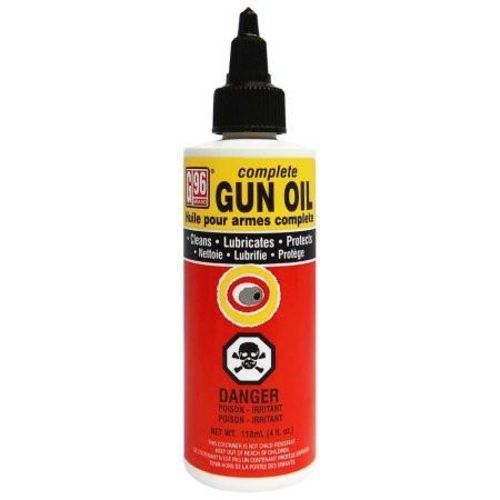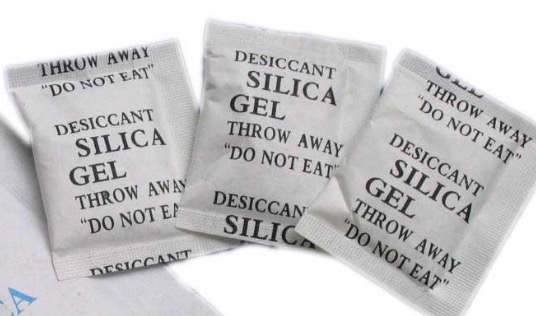At the reloading bench things will get filthy at times and maintaining your reloading gear becomes a necessity. We use lubricants for resizing brass, be it graphite, oil or paste, that lubricant, as well as brass shavings and dirt will end up inside your dies. Not to mention dust, grit and other foreign bodies from dirty brass and environment.
Die bodies, seating plugs and shell holders get a buildup made of lubricant, powder/carbon residue and dirt. This can cause major problems during reloading, including inconsistencies in built ammo and damage to your reloading equipment, including rust, especially if you live in humid climates.
So what can we do? Clean them of course and help to keep them in tip top condition so they will last for years to come. In fact, it’s no different to a firearm - regular clean and maintenance.
Things that you will need
Basic tools to pull your dies apart
Basic tools to pull your dies apart…
Cleaning solvents
- Cleaner of some sort (e.g. Brake Kleen, Hopes 9, etc).
While Hopes9 is a golden standard in firearms cleaning, for this application it’s very expensive and will yield the same results as cheap cleaners from any car parts/auto shop, specific for grease and carbon residue.
If you happen to have one an Ultrasonic cleaner:
…well, use it…
Cleaning equipment
Brushes and picks are very helpful.
You can use old toothbrushes and recycled rigid wire. However, picks, wire, bronze and soft bristle brushes can all be purchased for under $5 from sites like AliExpress, so buying specialised equipment in this case is actually a cheaper (and better) option.
N.B. wire and bronze brushes can be substituted with soft steel-wool, however using a brush is an order of magnitude easier and produces better results.
Rags
Have an old t-shirt? Keep it, it is now a dedicated cleaning cloth. In general, you can never have enough rags in a reloading workshop.
Oil/rust inhibitors/lubricants
Gun oil is good…
…if you have surplus of it, it is however very expensive to use for this application. An alternative and an overall better option is Inox lubricant and rust inhibitor.
Inox is a machine lubricant and is made for this exact purpose. Use it, it’s excellent and a lot cheaper.
Process for cleaning
Cleaning a reloading die isn’t rocket science. Strip the dies down as far as you can to make the process easier.
This way you can remove any large bits of foreign material and any residual lube/wax/gunk out of the die. You can do this by first wiping the parts down with a clean rag followed by a squirt of cleaner and a scrub with a brush.
Any hard to reach or stubborn grime can be removed with the picks, taking care not to press to hard and damage the die body. You can also do the shell holder at the same time. If dirt/grime is still stubborn you can always let it soak for awhile in the cleaner before starting again. Be sure to clean the vent hole if your die has them.
This process can be achieved a lot quicker and easier if you have a Ultrasonic cleaner at your disposal. Simply place all of the parts in the cleaner, put in your solution and run for 5 to 10 minutes. This should be sufficient to loosen or remove most of the built up crud, repeat the process and if necessary use your brushes and picks as described above.
Any rust spots can be removed using a wire brush dipped in lubricant.
Once all of your dies have been cleaned and they are looking like new make sure that they are thoroughly dry.
Before putting your die back together, add some lubricant (oil or Inox) to a separate rag and wipe each part with that rag. Don’t over do it, it does not need to be dripping in it… This will deposit a microscopic layer of rust inhibitor on the equipment to displace and prevent moisture forming on the steel.
You are done… Reassemble the die, wipe the exterior of the die (what you’ve been handling) with the same oiled rag and put them away.
The Press
While you have the dies out of the press now is a good time to give it a clean. Often gunk will build up in the threads where the dies screw into. If this is left it can affect you reloads by not allowing you to set the dies correctly. The process is much the same as the dies, quick squirt with the cleaner, hit the threads with the brush, dry, lubricate and you are almost done.
The same process should be applied to a shell holder slot and primer arm (if your press has one).
- Apply oil to all hinges.
- Apply oil to the ram and work the ram to make sure the oil works its ay into the press.
Wipe press with a clean (or not so clean) rag. Wipe steel parts with an oily rag and you are done!
Simple prevention
A few ways to help your dies stay clean for longer:
Clean your brass before reloading
If you do not tumble them or put them through a similar cleaning process, then a simple wipe down with 000 steel-wool and a clean rag will be enough.
Use a neck brush
Run a case neck brush through your cases before reloading.
This will help look after your dies, specifically the expander and prevent residue being deposited from the inside of a fired case into the die.
Use silica gel
Place a small silica gel satchel in the box with your dies, this will draw any moisture away from them.
These satchels can be found in pretty much anything you buy that comes in a box. Recycle ![]()
Apply rust inhibitors
After every use, wipe your dies with a clean cloth - to remove any foreign material; and then with an oily rag to coat the metal with rust inhibitors. Similarly, you can also squirt Inox into the die (just make sure it’s wiped out/blown out with air before you reload or you may get hydraulically formed dimples/dents).








